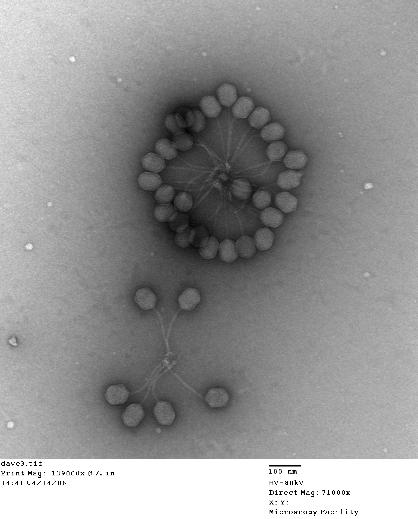Window Sills
(Window work must be genetic.)
One of my projects for this summer was to do some maintenance and repair on our window sills. For the most part, this involved a little bit of scraping and sanding followed by application of MinWax Wood Hardener. And once everything was prepped, priming and painting.
Everything went according to plan until I started on the window in our master bathroom. I knew this sill had been damaged by water dripping from a leaky eave trough because it was soft in several places. (The eave troughs still leak, but we now have aluminum triple-track windows installed so additional damage has been minimized.) Also, it is a window in a bathroom; so there's just a lot of moisture. And we see the occasional carpenter ant in this room in the spring and summer. But it didn't look as bad as it was.
I began scraping and peeling up the layers of paint. Sadly, soft wood came up with the paint, revealing several deep gouges in the sill. So after scraping the paint, removing the soft wood and applying wood hardener to everything that was left, the window sill looked like this:


Clearly beyond my skill level. Nonetheless, I decided to tackle the job. Thank goodness for the internet and the MinWax Wood Filler tipsheet. We happened to have dowels of various diameters (remnants from Abbie IV's fencing practice); I cut them down to size and put them in the gaps, as recommended by the tipsheet:
The wood filler can warns you that it will start hardening in 15 minutes. Heck, it took me 15 minutes just to think about opening the can. Scary. I mixed up the wood filler and started filling in the gaps, gouges and gulches. It was kind of a slathering mess with a smooth, thick oatmeal consistency. And it did indeed start getting hard and tacky after 10-15 minutes.
After putting on the filler and smoothing it (sort of), it now looks like this:
So now it has to finish setting. The directions say 30 minutes. I think it's better to be safe, so I'll give it overnight, at a minimum. The next step is sanding to smooth out the ridges and lumps (I didn't quite make it under the 15 minute limit); then priming and painting.
One of my projects for this summer was to do some maintenance and repair on our window sills. For the most part, this involved a little bit of scraping and sanding followed by application of MinWax Wood Hardener. And once everything was prepped, priming and painting.
Everything went according to plan until I started on the window in our master bathroom. I knew this sill had been damaged by water dripping from a leaky eave trough because it was soft in several places. (The eave troughs still leak, but we now have aluminum triple-track windows installed so additional damage has been minimized.) Also, it is a window in a bathroom; so there's just a lot of moisture. And we see the occasional carpenter ant in this room in the spring and summer. But it didn't look as bad as it was.
I began scraping and peeling up the layers of paint. Sadly, soft wood came up with the paint, revealing several deep gouges in the sill. So after scraping the paint, removing the soft wood and applying wood hardener to everything that was left, the window sill looked like this:

And this:

Clearly beyond my skill level. Nonetheless, I decided to tackle the job. Thank goodness for the internet and the MinWax Wood Filler tipsheet. We happened to have dowels of various diameters (remnants from Abbie IV's fencing practice); I cut them down to size and put them in the gaps, as recommended by the tipsheet:
The wood filler can warns you that it will start hardening in 15 minutes. Heck, it took me 15 minutes just to think about opening the can. Scary. I mixed up the wood filler and started filling in the gaps, gouges and gulches. It was kind of a slathering mess with a smooth, thick oatmeal consistency. And it did indeed start getting hard and tacky after 10-15 minutes.
After putting on the filler and smoothing it (sort of), it now looks like this:
So now it has to finish setting. The directions say 30 minutes. I think it's better to be safe, so I'll give it overnight, at a minimum. The next step is sanding to smooth out the ridges and lumps (I didn't quite make it under the 15 minute limit); then priming and painting.




